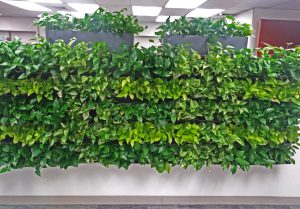 Recent visitors to the Health Sciences Library System may have noticed a new feature to the left of the circulation desk: the University of Pittsburgh’s first “living wall.” A living wall (sometimes called a “green wall”) is a vertical arrangement of living plants placed densely together so that the wall itself appears to be made of greenery. Our living wall is composed of three varieties of Epipremnum aureum, or golden pothos, a tough-to-kill tropical vine that can survive the artificial lights and dry conditions of most offices. Over time, the pothos tendrils will twine together to conceal their scaffolding and create a leafy square of jungle.
Recent visitors to the Health Sciences Library System may have noticed a new feature to the left of the circulation desk: the University of Pittsburgh’s first “living wall.” A living wall (sometimes called a “green wall”) is a vertical arrangement of living plants placed densely together so that the wall itself appears to be made of greenery. Our living wall is composed of three varieties of Epipremnum aureum, or golden pothos, a tough-to-kill tropical vine that can survive the artificial lights and dry conditions of most offices. Over time, the pothos tendrils will twine together to conceal their scaffolding and create a leafy square of jungle.
In a library without windows, the living wall is a welcome reminder of nature. Beyond their beauty, however, indoor plants may provide physical and psychological benefits. A 2014 review found compelling evidence that indoor plants remove volatile organic compounds from the air in laboratory conditions, though their efficacy in actual environments is unclear. Other studies have examined the effects of nearby plants on students’ and office workers’ stress levels, attention, and productivity, with mixed results. In one experiment, having more plants in view and owning more office plants correlated with lower stress, less sick leave taken, and more productivity for Norwegian office workers; however, proximity to plants (not necessarily in view) correlated with more sick leave taken. A 2009 review by the same researchers suggests directions for further research.
- Aglaonema
- Sansevieria
- ZZ Plant
- Dracaena Fragrans
- Dracaena Reflexa
- Spathiphyllum
If you’re inspired to bring in your own indoor plant, a walk around the HSLS main floor will introduce you to several low-maintenance plants that can thrive in artificial light. Just next to the entrance, across from the circulation desk, an Aglaonema, or Chinese evergreen, shows off its pink and green leaves. Sansevieria, or snake plants, dot the main reading area in clusters of upright sword-shaped leaves, and ZZ plants (Zamioculcas zamiifolia) unfurl their glossy compound leaves from neon green, tightly-packed whorls. Two species of Dracaena resemble palm trees: D. fragrans is tall, D. reflexa is short and spiky. Past the Rare Book Room, a Spathiphyllum or peace lily puts out a creamy white blossom (though technically a spathe, or modified leaf—the flowers are actually the column in its center). All of these plants can survive in an office, although they’ll appreciate as much light as you can give them, and should be taken home for vacations.
If all else fails, you’ll find a truly foolproof office plant all the way down our hallway past Conference Room B: an artificial ficus tree.
~Helenmary Sheridan

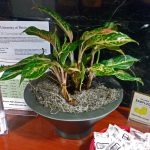
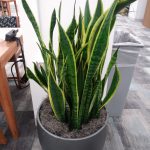
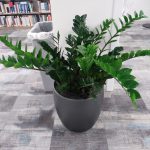

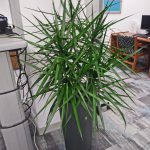
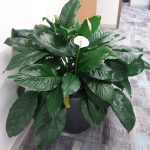
 Join HSLS this fall for three new EndNote classes. Basic EndNote is an hour-long introduction to the software that will get you started adding references and using the Cite While You Write feature. Advanced EndNote will cover more in-depth topics, such as adding and editing citation styles, importing references to and from Excel, and using Smart Groups. In the EndNote for Research Teams class, we will discuss sharing libraries and groups, the manuscript matcher tool, and using Cite While You Write on a co-written article using both Word and Google Docs.
Join HSLS this fall for three new EndNote classes. Basic EndNote is an hour-long introduction to the software that will get you started adding references and using the Cite While You Write feature. Advanced EndNote will cover more in-depth topics, such as adding and editing citation styles, importing references to and from Excel, and using Smart Groups. In the EndNote for Research Teams class, we will discuss sharing libraries and groups, the manuscript matcher tool, and using Cite While You Write on a co-written article using both Word and Google Docs.
 By popular demand, a color printer is now available to Pitt students and faculty at Falk Library. For the first time, color-printing access with your Pitt quota is available outside of the CSSD labs. You can find the new color printer on the library’s upper floor, across from the Technology Help Desk.
By popular demand, a color printer is now available to Pitt students and faculty at Falk Library. For the first time, color-printing access with your Pitt quota is available outside of the CSSD labs. You can find the new color printer on the library’s upper floor, across from the Technology Help Desk.